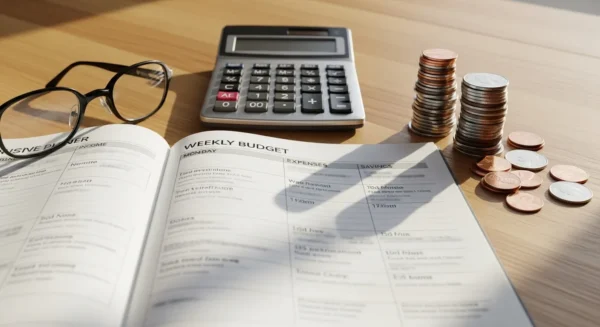
Understanding the Financial Basics of Senior Bank Accounts
Before you can fight hidden fees, you need to know your enemy. Banks are businesses, and they make money by charging for services. While some fees are for specialized transactions, others are attached to everyday banking activities. Many people, especially those who have had the same bank account for decades, may not even realize they are paying them. Here are the most common hidden charges you need to be aware of.

Common Bank Fees and What They Mean
Monthly Maintenance or Service Fee: This is a flat fee the bank charges each month simply for keeping your account open. It typically ranges from $5 to $25. Many banks will waive this fee if you meet certain requirements, which we’ll cover later. It’s one of the easiest fees to avoid.
Overdraft Fee: This happens when you spend more money than you have in your checking account, and the bank covers the transaction for you. For this “service,” the bank charges a steep penalty, often around $35 per transaction. If you make three small purchases on a day your account is empty, you could be hit with over $100 in fees.
Out-of-Network ATM Fee: Your bank has a network of ATMs you can use for free. If you use an ATM owned by another bank, you can get hit with two fees: one from the ATM owner and another from your own bank for using a competitor’s machine. These can easily total $5 or more for a single withdrawal.
Paper Statement Fee: In an effort to cut costs and go green, many banks now charge a fee of $2 to $5 per month for mailing you a paper copy of your bank statement. While online statements are free, not everyone is comfortable with digital-only banking. This fee specifically targets those who prefer or need physical records.
Inactivity or Dormancy Fee: If you have an account that you don’t use for a long period (usually six months to a year), the bank might start charging a monthly fee. This often happens with savings accounts that were set up long ago and forgotten.
Minimum Balance Fee: This is related to the monthly maintenance fee. A bank might say, “Your account is free, *if* you maintain a minimum daily balance of $1,500.” If your balance dips below that amount, even for one day, you could be charged the monthly fee for that entire month.
Understanding these terms is the first step. When you see them on your statement, you’ll know exactly what they are and why you’re being charged. Now, let’s focus on how to get rid of them.


















